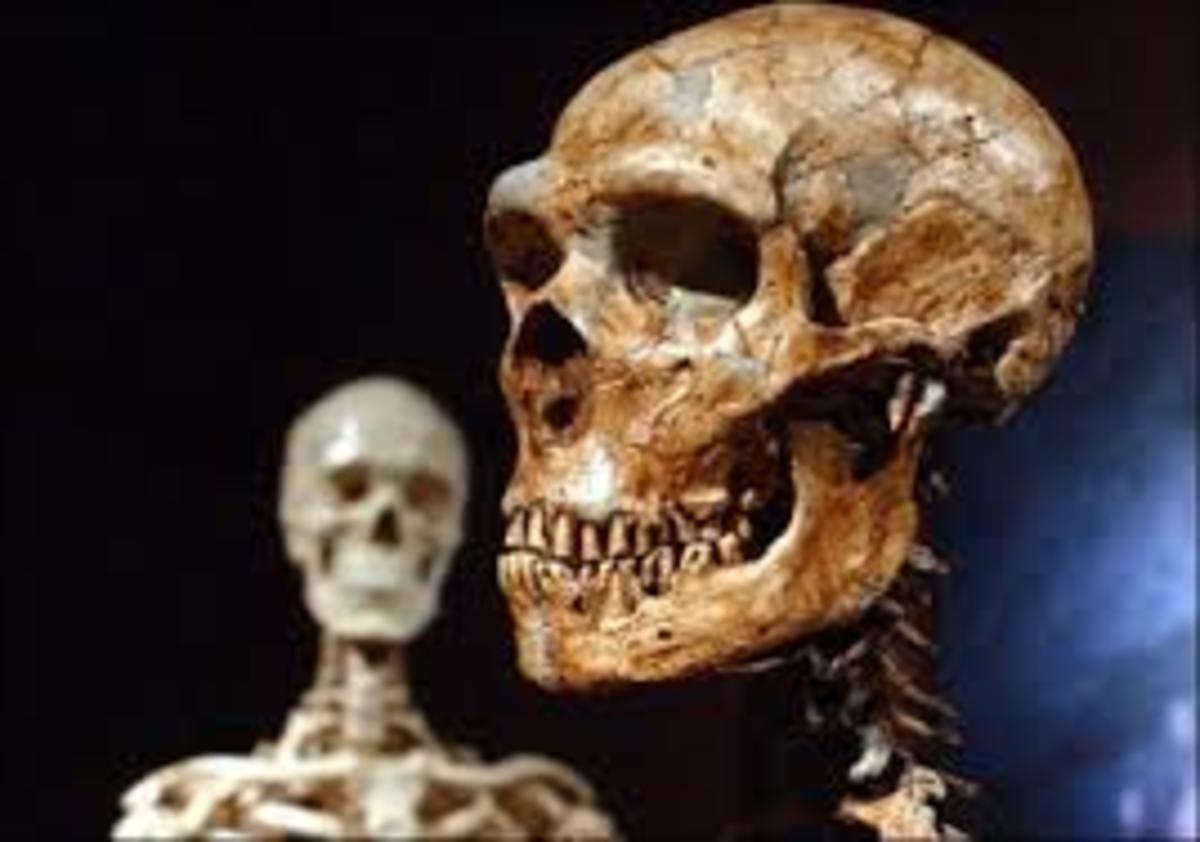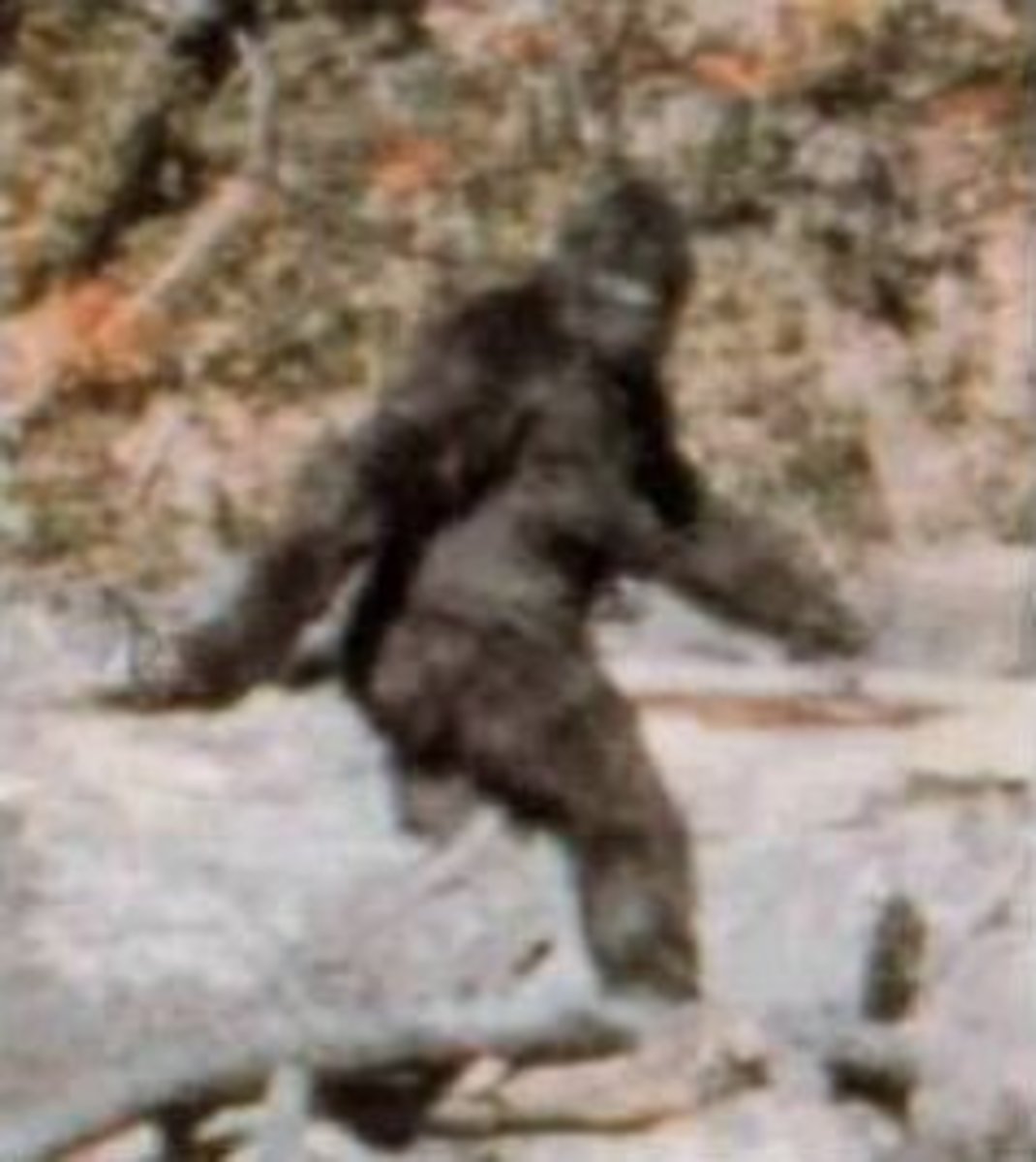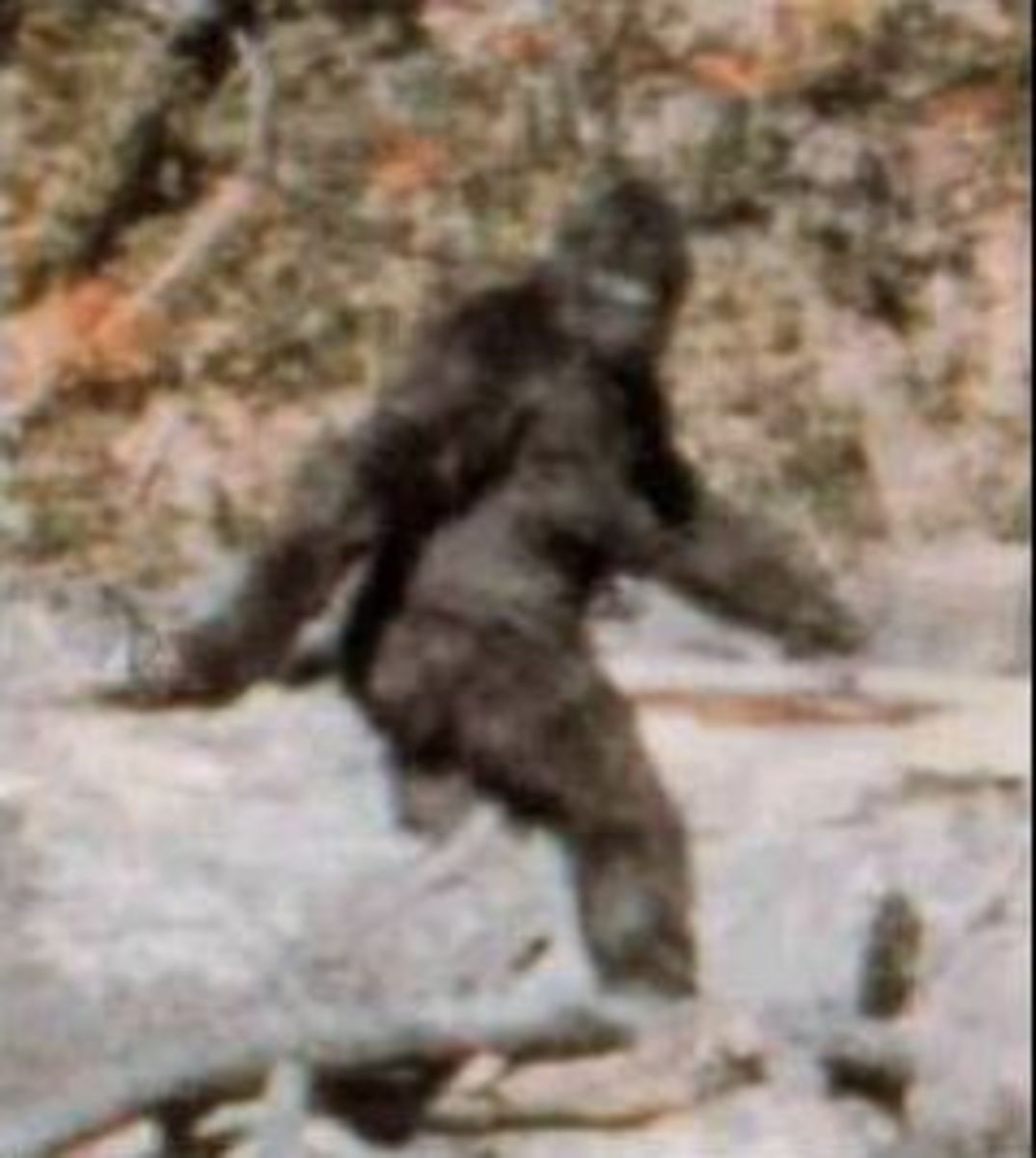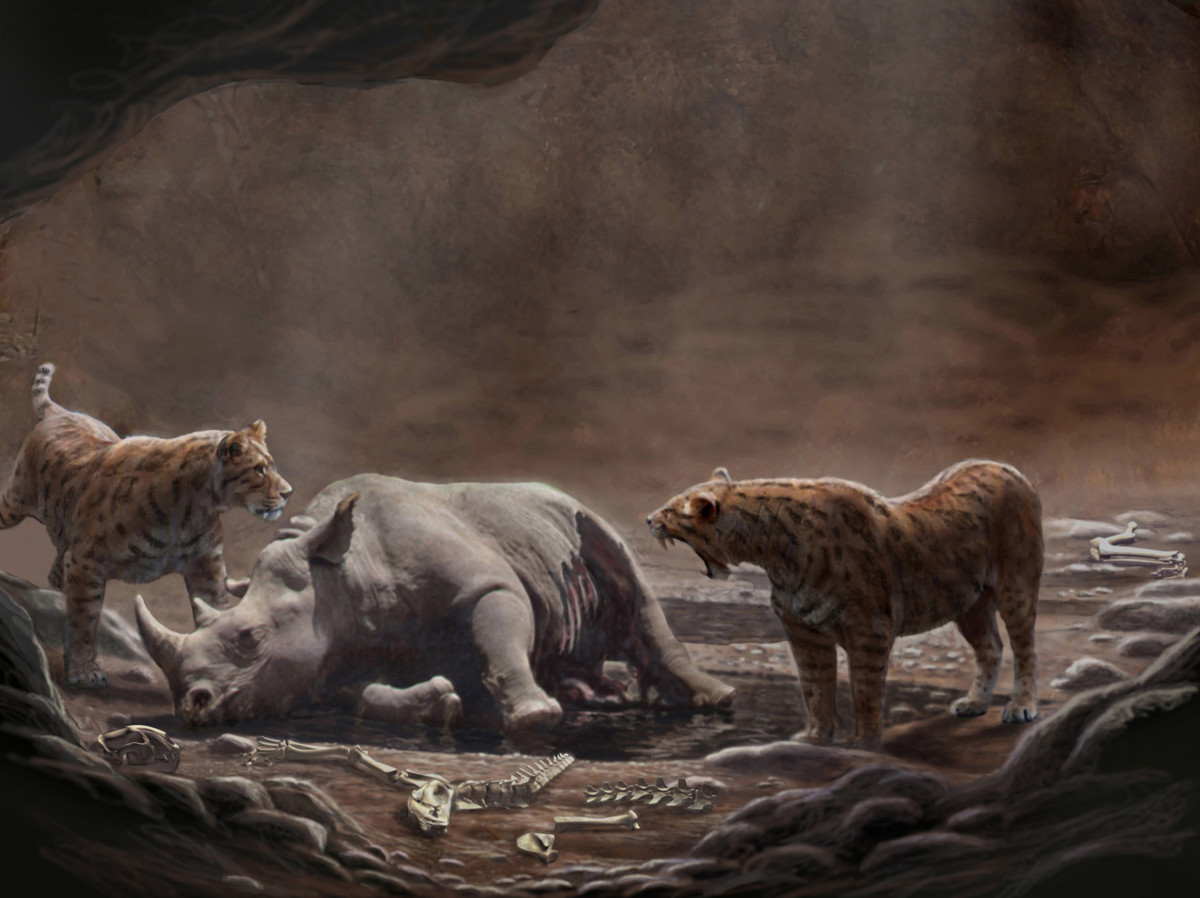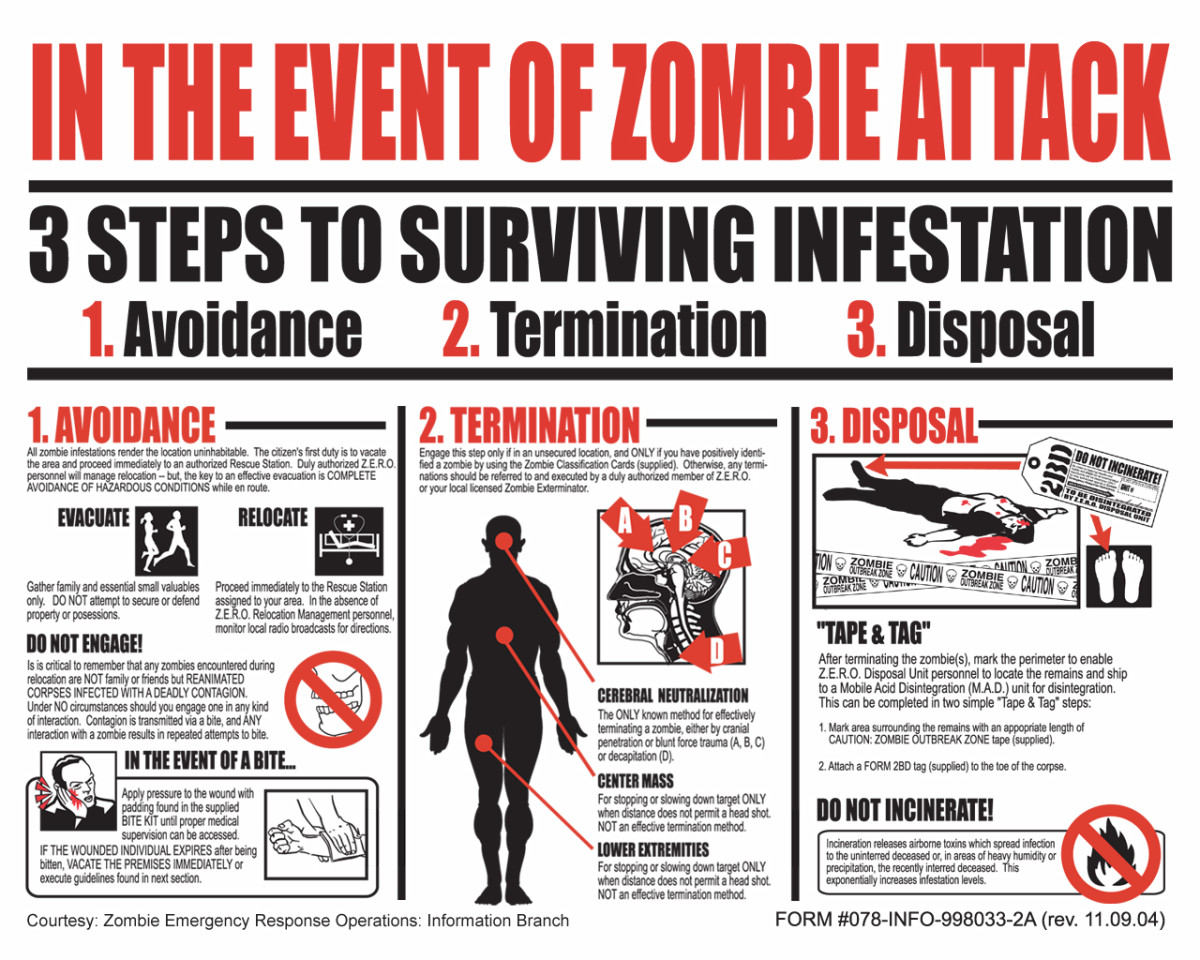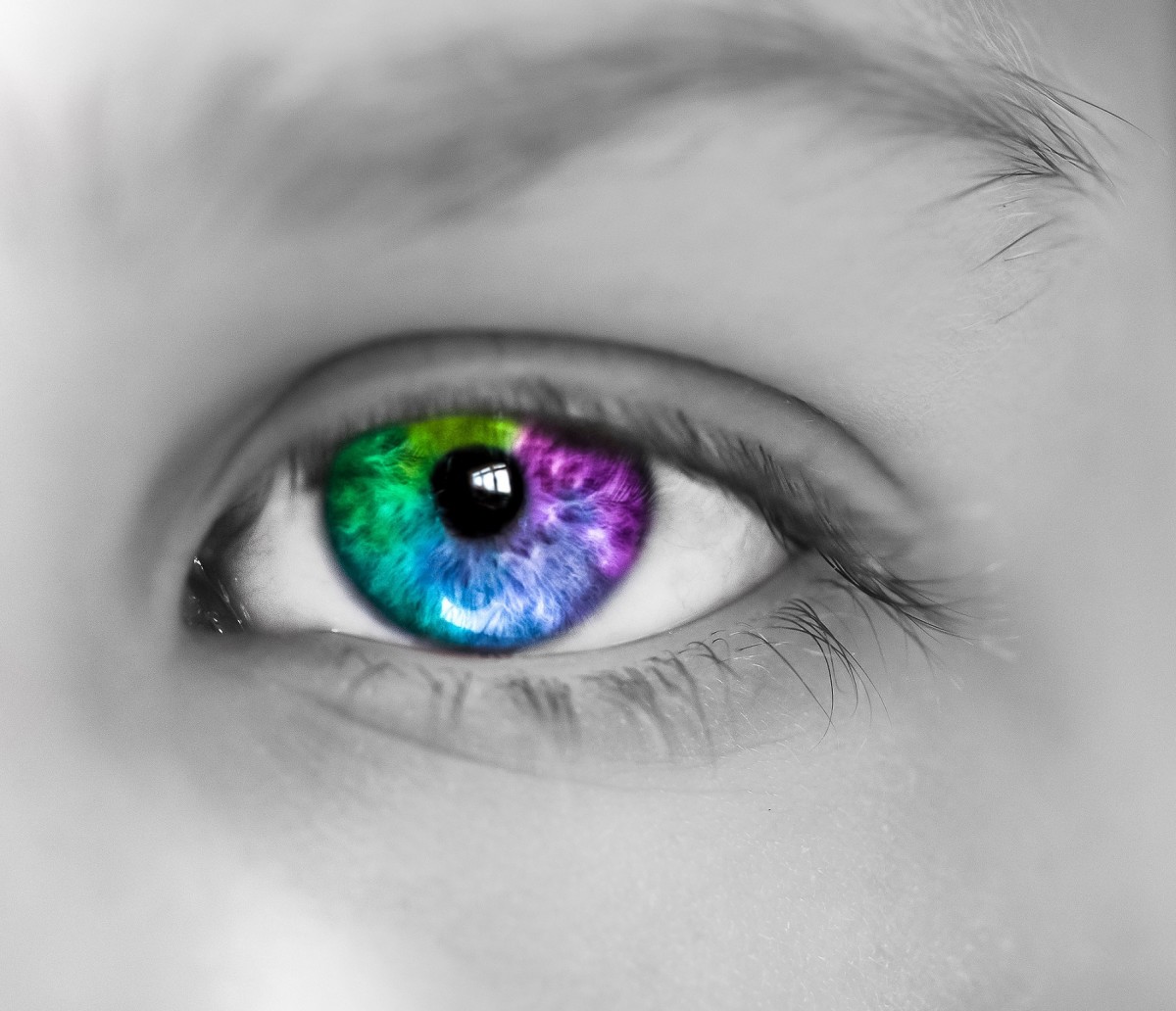It's Official -- Some of Our Ancestors Were Neanderthals
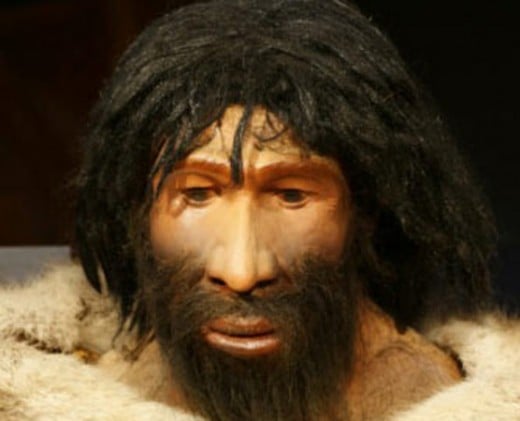
Neanderthal Genome Project Establishes That Neanderthals Interbred With Our Human Ancestors
In 2006 a group of scientists began mapping the genetic structure, or genome, of Neanderthals. Using DNA fragments of prehistoric Neanderthal skeletons, they had completely mapped the entire Neanderthal genetic code by 2010.
The Neanderthals were a powerfully built and shorter version of our primary ancestors, the Cro-Magnons. It is widely accepted among anthropologists that they died out between thirty and forty thousand years ago. The dating of their remains overlaps the dating of Cro-Magnon remains, but, until recently, it was never clear whether these human-like beings were a separate species, or whether they were, or could be, a version of mankind that could mate with our established Cro-Magnon ancestors.
Based on comparing the complete DNA genome sequence of Neanderthals with that of present day humans, it is now established that the DNA of all humans who are not of recent African descent is comprised of between 1% and 4% of the Neanderthal DNA sequence.
Neanderthal Distribution -- 400,000 to 30,000 years ago.
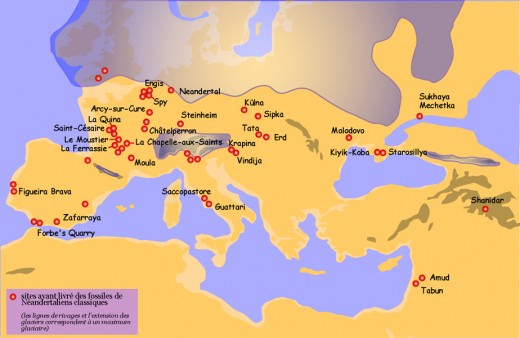
Neanderthals Were In Europe and Asia Long Before Modern Humans
It is widely accepted by genetic scientists that all humans who are not of current african descent are the descendants of a small group of people who migrated out of Africa approximately 60,000 to 80,000 years ago. This has been documented not only by the genetic record, but also by world-wide paleo-archaeological remains of our human ancestors.
Neanderthal remains, on the other hand, have been been found throughout Europe and Western Asia dating to approximately 400,000 years ago. It has long been established that Neanderthals and modern humans co-existed for some period of time prior to the Neanderthals' extinction, but this co-existence came about long after the Neanderthals had arrived in Europe and Western Asia.
Although the Neanderthal genome project has established interbreeding with modern humans, the degree to which there were any social or cultural ties that accompanied the physical interbreeding has not been established. It is also unclear whether the persistence of Neanderthal DNA in modern humans represents anything more than very fleeting and transitory sexual encounters between Neanderthals and humans.
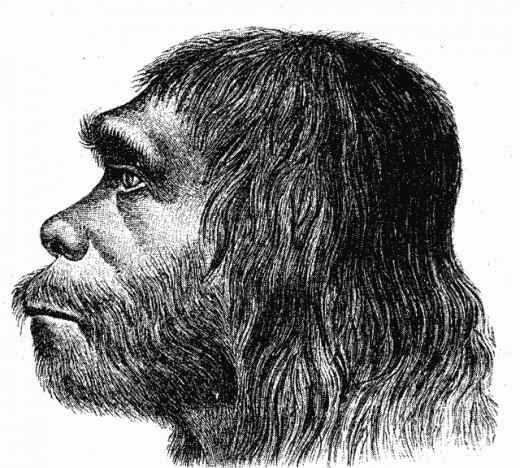
Neanderthals Contributed to Our Genetic Heritage
Anthropologists believe that both humans and Neanderthals are branches of a genetic tree that originated with a common ancestor in Africa approximately 800,000 years ago. Neanderthals exhibit 99.7% match to the human genetic code. Comparatively, chimpanzees, humanity's closest living relative, split off from a common ancestor 5 million to 7 million years ago and share approximately 98% of the human genome.
Based on analysis this past year from the 2010 Neanderthal genome project, there seems to be widespread scientific acceptance that Neanderthals contributed to our genetic heritage.

